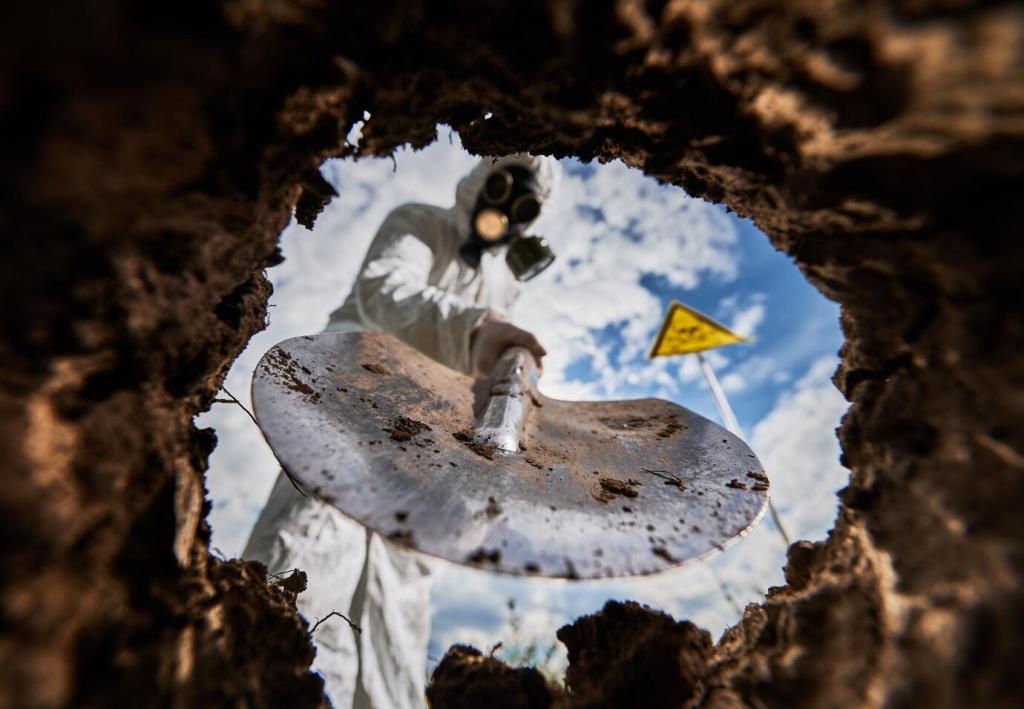Common Pitfalls and How to Avoid Them
Riparian trees die if planted above the water table or outside the flood pulse they need. Case studies highlight the fix: map hydroperiods first, then phase species. Share your site’s quirks, and subscribe for a planting matrix tested across varied flow regimes.
Common Pitfalls and How to Avoid Them
A beautiful riffle means little if culverts or weirs still block fish passage upstream. Projects that map connectivity and prioritize barriers see faster gains. Send your barrier photos, and we’ll crowdsource solutions; subscribers receive our checklist for cost-effective retrofits.







